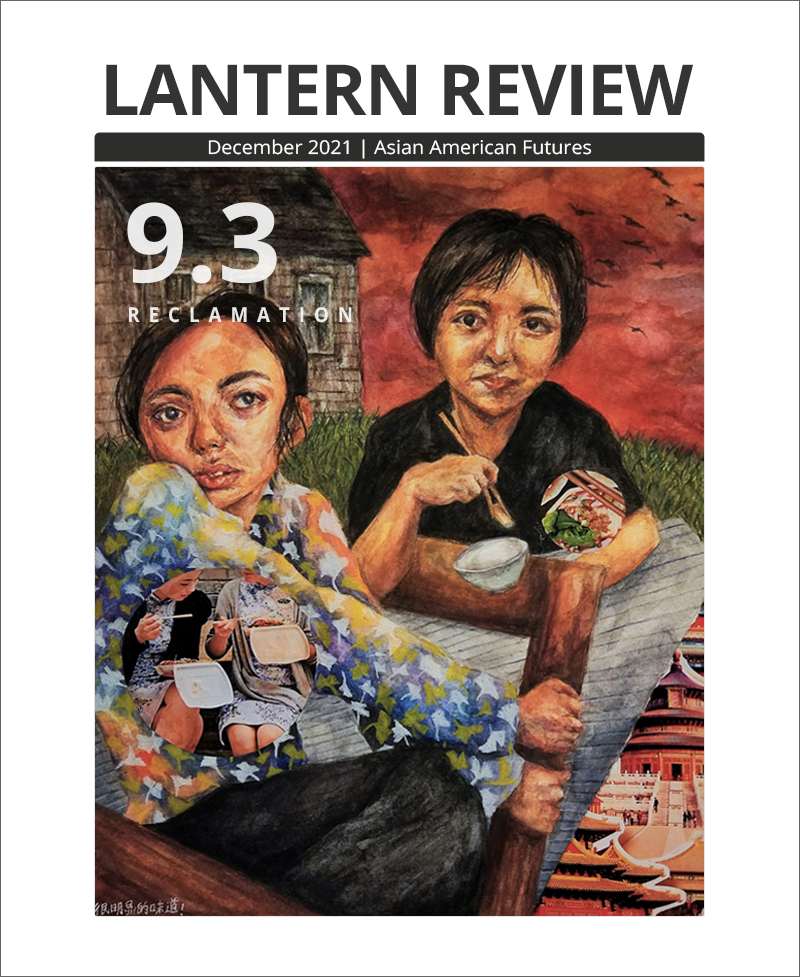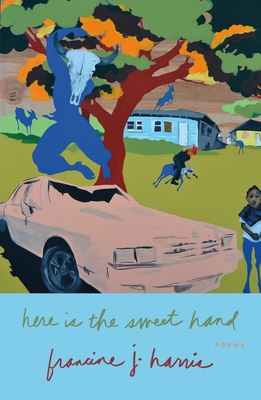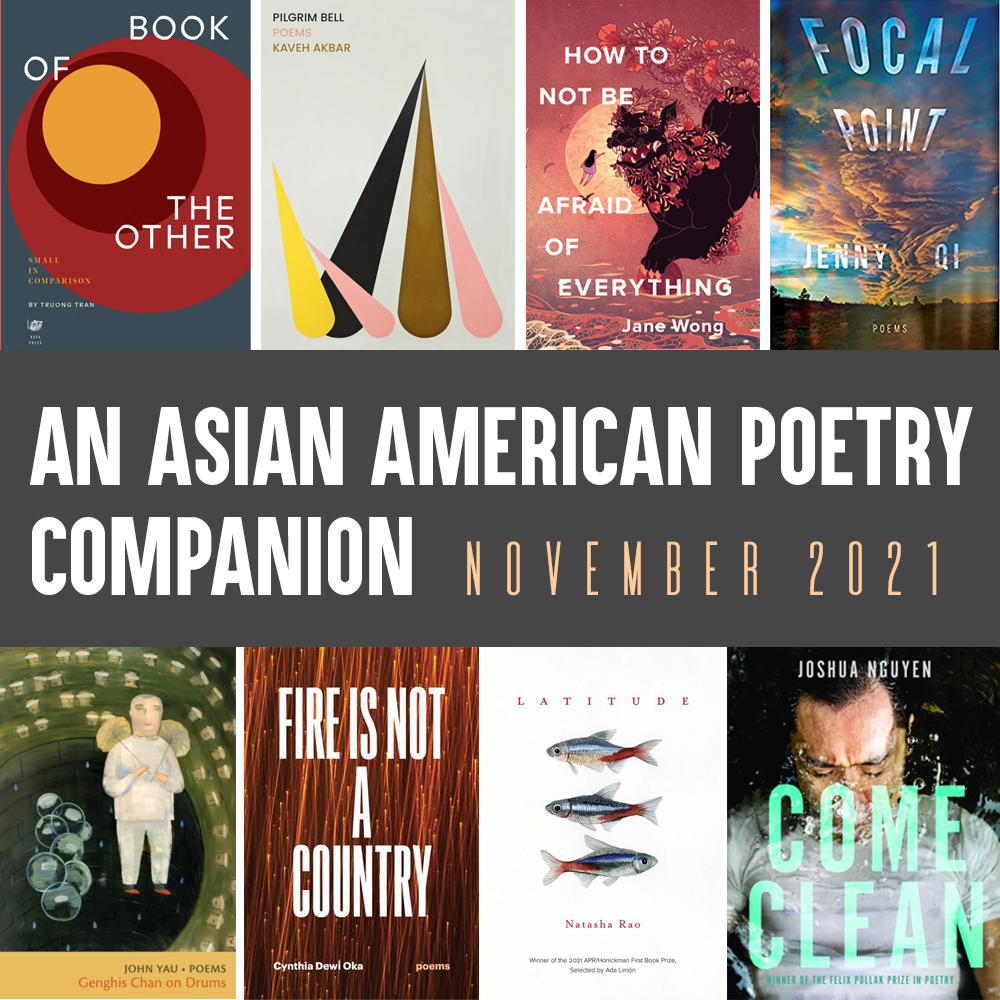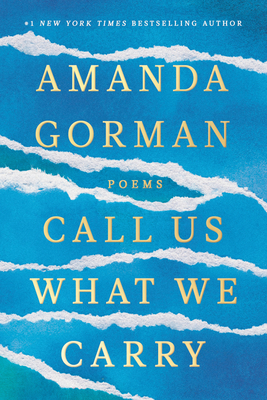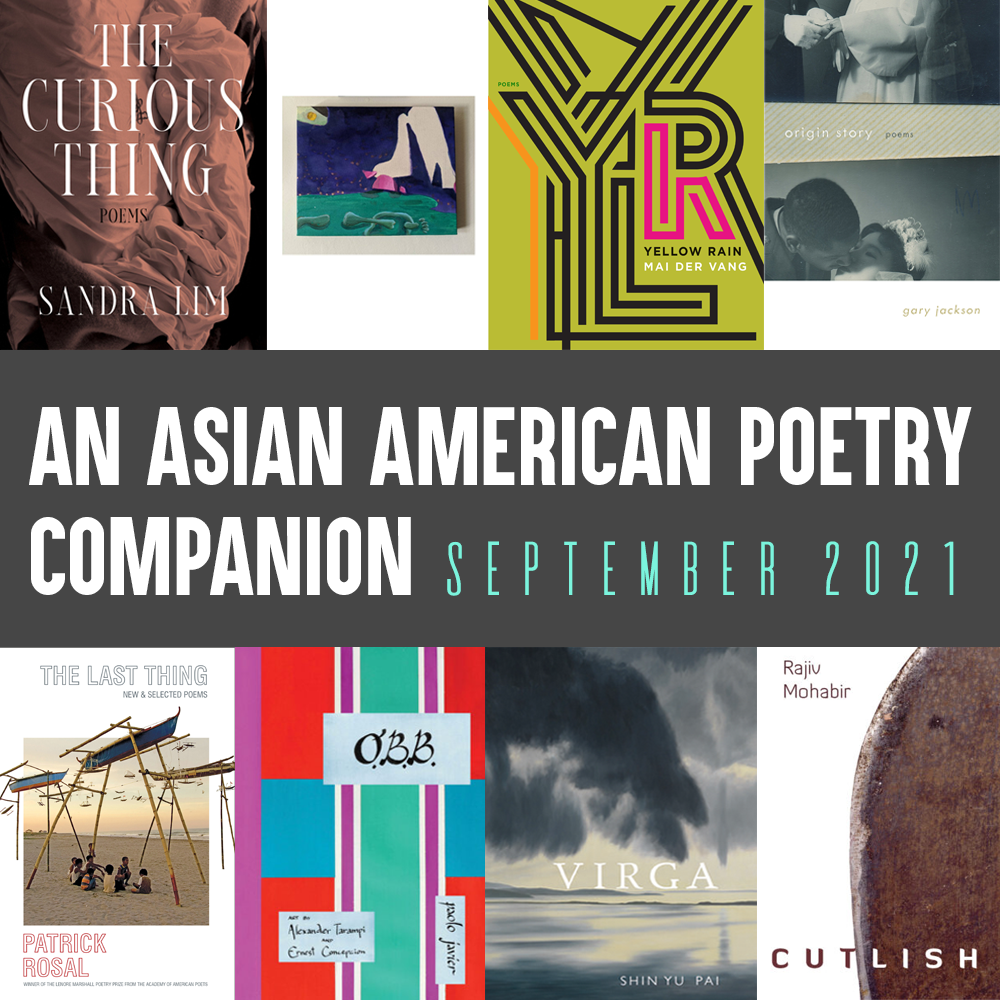
Recently, I had the pleasure of speaking with poet Jane Wong about her latest collection How to Not Be Afraid of Everything, published last fall by Alice James Books. Read on to learn more about her experience with using writing as a way to process grief, turning written work into visual art, some of her writing rituals, and more!
* * *
LANTERN REVIEW: In your most recent collection, How to Not Be Afraid of Everything, you maintain a strong focus on your life and experiences as a restaurant baby and mingle food consistently with themes of immigrant family life, generational trauma, and connection to your heritage. When did you first begin to write with your connection to food as an anchor, and how has the relationship between your writing and food changed throughout the years?
JANE WONG: Thank you for this lovely question! Yes! I grew up in a Chinese American takeout restaurant on the Jersey shore. I was surrounded by food and cooking my whole upbringing. I didn’t start writing about food until this second book—mostly because it felt so vulnerable to write about my family’s history with starvation, hunger, and (in my generation) gluttony. I had wanted to write letters to my missing ancestors, impacted by the Great Leap Forward, for over fifteen years and finally had the courage to do so. Though I was tasked to do lots of prep at the restaurant (my favorite being cutting wonton wrappers into strips for the fryer!), my mom always shooed me away from learning to cook—knowing how hard the restaurant life was. I didn’t really learn to cook Toisanese food until the pandemic—a time in which I desperately needed comfort, as we all did/do. I had such a hard time writing or reading in those early days of the pandemic; I’d make tons of soup and think, This soup is a poem!
LR: I was honored earlier this year to have attended an undergraduate Q&A session with you at the University of Pittsburgh. During the session, you mentioned that you’ve been writing since you were a child—for almost as long as you can remember. How have you consistently stayed motivated to pursue your passion?
JW: Oh gosh, thank you, Pranaya! That was such a great visit! Yes, I’ve always wanted to be a writer—which felt like such a risky profession for a first-generation child of immigrants! The public library was across the street from the restaurant (shoutout to the Monmouth County Public Library!), and my mom would drop me off there for hours. I ended up working as a page [at the library] all throughout high school too. I’d read all these books and so badly wanted to see myself reflected in them. (I rarely was.) I’d even write alternative endings to stories and slip them into books. I don’t know if it’s motivation [that drives my writing], but rather, just part of my soul. I try my best not to feel guilty about not writing (especially during the pandemic). I just know that, when I do write, I tend to feel better—emotionally, physically. It almost feels like there’s something inside me that so badly wants to blossom out. It’s vibrational—that creative energy. If it comes out as a ceramic bowl or a bowl of soup, I’m fine with that too. I guess I’m also attracted to what the written word can do—I want to keep jostling language and I want to surprise myself. I am also so grateful for my Asian American literary lineage and feel compelled to write to make our voices heard!
LR: Recently, you transformed your words into visual art in your exhibit NOURISH in Richmond, BC. Have you always envisioned your poetry taking physical form in some way, or was this entirely new territory? How did that creative process look—and how did the collaborative nature of it compare to writing alone?
JW: Yes! That was such a wonderful show, and I loved sharing space with [artist duo] Mizzonk, who was also a part of the exhibit. It wasn’t until I had the opportunity to do a show at the Frye Art Museum in Seattle that I opened myself up to interdisciplinary art and installation work, though maybe I’ve always dreamt of making poems physically tangible. I love that a poem gets to have multiple lives—translating and retranslating it in so many ways and mediums. And thank you for speaking to the collaborative aspect of visual art too! I absolutely adored—at RAG and at the Frye—working closely with curators, installation experts, staff, etc. Honestly, it felt like magic to be able to have a vision and talk about what could be done to achieve it materially! It was also quite experimental. We’d try something out, then alter it, then try something totally different, etc. Lots of laughs, lots of excitement.
LR: How has your creative process transformed as you’ve gained experience in the writing world? Do you have any writing rituals that you’ve used since you first started, or do you prefer working with ones you’ve created for yourself more recently?
JW: I love writing rituals. I tend to write via a large document I have on my computer (culled from notebooks/my notes app, etc.) called “The Compost Pile.” Have it be an image or a quote that inspired me, I have to start from this gathering space. I usually take 5–10 lines from that compost file and place them on a blank page. Then I write through them, with whatever is on my mind/in my heart. Some of those lines disappear, some of them transform. But they are imbued with what I am curious about. I love throwing those lines back into the compost pile too, so that images start to constellate across poems. I also eat lots of snacks when writing. I love seaweed. Chips. Salty things, mostly! I read before writing. I like to write dressed up. Like I’m on a date with myself.
LR: You experiment with punctuation and white space a lot in How to Not Be Afraid of Everything. This stands in contrast to your approach in your previous collection, Overpour. Could you talk a little bit more about experimenting with using space as a medium of communication? Have you found that it transforms the way you begin to put an idea onto paper?
JW: Yes! Love this question—and I’m humbled by your words since I really did want to push myself in this new collection formally (and continue to push myself in future writing). In thinking about all the themes in How to Not Be Afraid of Everything (rage, tenderness, matrilineal lineage, labor, hunger, intergenerational trauma and joy, the feminist body, etc.), I knew I had to take some risks that could speak to fragmentation, nonlinearity, strangeness. For instance, for “The Long Labors,” I really wanted that poem to feel like a dense block of tofu on the page. I wanted to feel the weight, the intensity, the exhaustion of that poem. Because labor is real. Because I come from that labor; I feel that labor in my body. And while that poem exists in that form on the page, I also wanted to translate it via performance to give it a more felt life. I cut words from the poem via rice paper and made my mom’s dumpling recipe and “cooked” my poem. I used to fold dumplings at the restaurant (muscle memory), and it felt so good to tie writing with food in this way.
LR: You write about your family and their struggles in How to Not Be Afraid of Everything. Could you talk about the process of integrating their stories with your work? Did you talk to your family specifically for this project before putting the poems down on paper as a draft?
JW: Thank you for this tender question! I like to say that I did some deep listening, like under the earth, with the worms kind of listening. I did not interview my family; I could never do that. Their history with the Great Leap Forward is a painful one, and I couldn’t possibly ask my grandparents to talk about it; I respect their silence. I did, however, listen whenever my grandfather or grandmother spoke about food and what they did/didn’t have. I listened to my mother casually say that she loves eggs because she used to get one on her birthday, if she was lucky. I wanted to be honest about my struggle writing about their stories—that, in many ways, I couldn’t possibly know, I couldn’t possibly understand.
LR: Immigrant families tend to carry a different type of grief and trauma. As the daughter of an Asian immigrant household myself, I’ve found that writing about the histories I cannot experience has allowed me to better process that grief, as well as connect to my heritage with a new outlook, but it’s still difficult. Did writing about your family and their struggles allow you to do the same, and do you have any advice for second-generation writers who are trying to write into generational trauma?
JW: Yes, yes, thank you for sharing, Pranaya. It did help (and still is [helping me]) process grief in a new way. It allowed me to confront that which scares me (my family’s history with hunger, the terror of toxic men) with surprising moments of rage and resilience . . . and ultimately love. Writing to my lost family members felt meditative to me. Like I was lighting an altar space of communication. “After Preparing the Altar, the Ghosts Feast Feverishly” came out of me spiritually. When my ghosts answered my letters, I felt a deep sense of calm and joy. I think the advice I would have would be to listen closely, to be tender to yourself and to your ghosts. And to admit and be okay with not being able to fully understand that grief or that history. But that, in trying to write about it, there is light.
* * *
Jane Wong is the author of How to Not Be Afraid of Everything (Alice James Books, 2021) and Overpour (Action Books, 2016). A Kundiman fellow, she is the recipient of a Pushcart Prize and fellowships and residencies from Harvard’s Woodberry Poetry Room, the US Fulbright Program, Artist Trust, Hedgebrook, Willapa Bay, the Jentel Foundation, and others. Her debut memoir, Meet Me Tonight in Atlantic City, is forthcoming from Tin House. She is an associate professor of creative writing at Western Washington University.
* * *
ALSO RECOMMENDED
All This Time by Cedar Sigo (Wave Books, 2021)
Please consider supporting a small press or independent bookstore with your purchase.
As an Asian American–focused publication, Lantern Review stands for diversity within the literary world. In solidarity with other communities of color and in an effort to connect our readers with a wider range of voices, we recommend a different collection by a non-Asian-American-identified BIPOC poet in each blog post.












